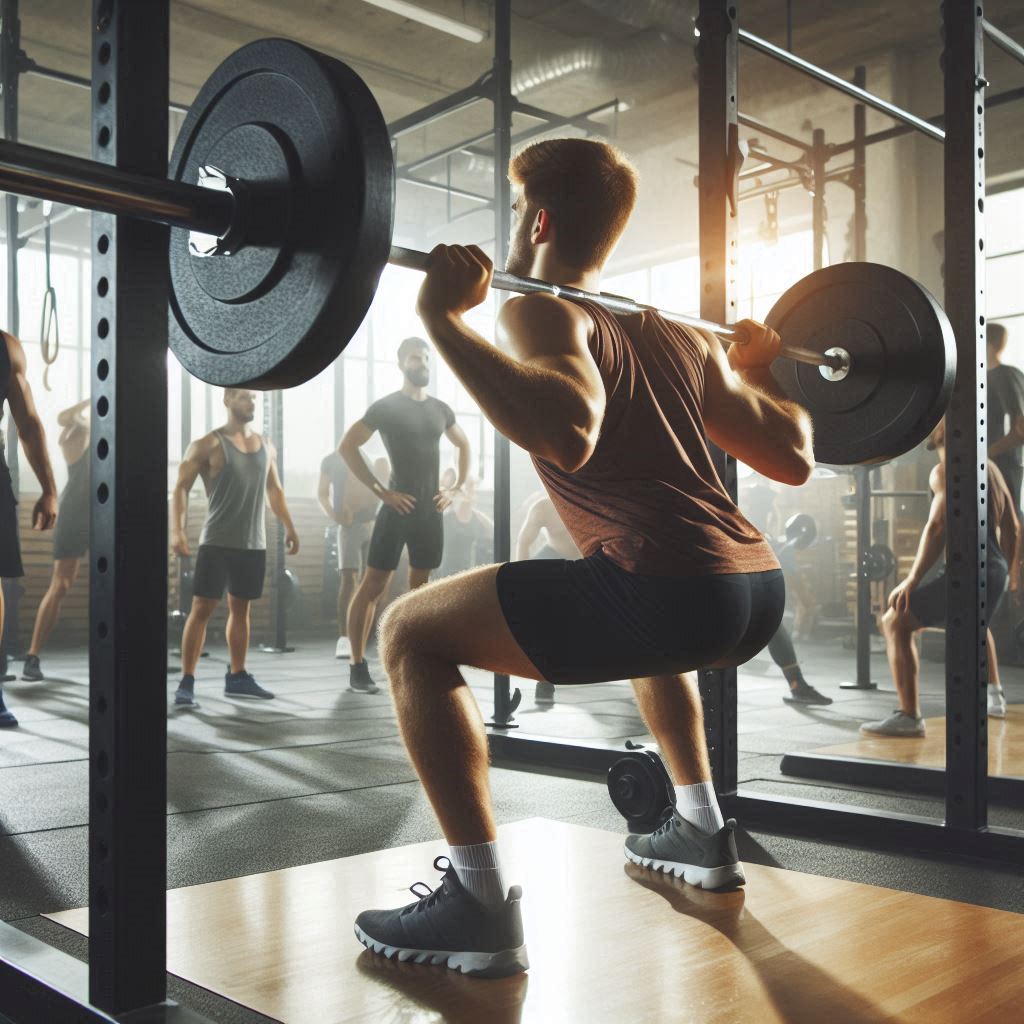Skiing isn’t just about gliding down the slopes with grace. It’s a full-body workout that demands strength, endurance, balance, and agility. Here’s a look at how specific exercises can boost your skiing game and keep you carving like a pro.
First up, strength and conditioning are your best friends. Stronger muscles, especially in the lower body, provide the power needed to control skis and navigate tough terrain. Squats, lunges, and leg presses focus on quads, hamstrings, and glutes—key muscles for skiing. Focus on the muscles around the hips. Incorporate these into your routine to build a solid foundation.
Core strength acts as your balance center, helping maintain control on uneven surfaces. Exercises like planks, Russian twists, and mountain climbers strengthen your abs, obliques, and lower back muscles. A strong core means better stability and reduced risk of falls.
Cardio workouts ensure you have the stamina to handle the demands of a full day on the slopes. Incorporate activities like running, cycling, or rowing into your fitness routine. High-intensity interval training (HIIT) can be particularly effective. These exercises ramp up your heart rate and simulate the bursts of energy needed for skiing.
Flexibility and mobility can’t be ignored. Skiing involves a lot of dynamic movements, and being limber helps prevent injuries. Yoga and dynamic stretching routines before and after hitting the slopes keep muscles and joints ready for action. Think of it as preparing your body to respond fluidly to every twist and turn.
Ski-Specific Fitness Routines: Tailoring Your Workouts
Crafting a workout plan with skiing in mind pays off big time. Tailoring your exercises means you can focus on what really matters on the slopes. From power to agility, here’s how to get ski-fit.
Plyometric exercises are a game-changer. They promote explosive power, which is crucial for quick turns and jumps. Box jumps, squat jumps, and lateral bounds mimic the rapid movements you’ll perform on the snow. Incorporate these into your routine to enhance your power and reduce reaction times.
Agility also plays a massive role. Cone drills, ladder drills, and shuttle runs improve your quickness and coordination. These exercises help you dodge obstacles, adjust your path, and maintain control at high speeds.
Functional training takes it a step further by mimicking the actual movements you make while skiing. Exercises using balance boards, stability balls, and resistance bands can simulate the dynamic interactions between your body and the skis. They help build the fine-tuned motor skills that separate the enthusiasts from the pros.
Strength training should zero in on the muscle groups you rely on the most. Focus on compound exercises like deadlifts, leg presses, and calf raises. Incorporating these into your regimen means more power when you push off and better endurance to last longer on the slopes.
To wrap it all up, mix and match these exercises and make sure your routine keeps you on your toes—literally. Periodically change it up to keep your muscles guessing and prevent plateauing. Tailoring your workout to skiing ensures you’re always ready to slay those slopes.
Maintaining Fitness During the Off-Season: Strategies and Tips
Staying fit during the off-season is crucial for any serious skier. By keeping active year-round, you’ll ensure your body is always ready when the snow starts falling. Here’s how to maintain your ski fitness even when you’re not on the slopes.
Cross-training is a fantastic way to keep things fresh. Engaging in activities like mountain biking, hiking, swimming, or even inline skating can help replicate the physical demands of skiing. Not only does it keep your muscles engaged, but it also ensures that your cardiovascular system stays in top shape.
Thinking of hitting the gym? Off-season workout plans should focus on maintaining strength and endurance. Incorporate resistance training, using machines or free weights, to keep your muscle mass intact. Don’t skip on the cardio either—treadmill sprints or rowing can be great substitutes for those snowy runs.
Nutrition is another piece of the puzzle. Consuming a well-balanced diet rich in protein, healthy fats, and carbohydrates helps repair and build muscle tissue. Hydration is equally key. Drinking plenty of water ensures that your metabolism runs smoothly, aiding in recovery and overall performance.
Recovery routines should not be overlooked. Foam rolling, stretching, and even occasional massages can help keep your muscles limber. These practices ensure that when you do get back on the slopes, your body is less prone to strains and injuries.
Staying motivated during the off-season can be challenging. Setting specific, achievable goals can keep you focused. Whether it’s improving your mile time or increasing your lift weights, having a target in mind keeps you on track. Also, joining fitness groups or hiring a personal trainer can add that extra layer of accountability.
Training Programs for Aspiring Ski Racers: Building a Winning Foundation
Structured training programs lay the groundwork for ski racing excellence. Such programs offer a comprehensive approach to improving both physical and mental skills needed on the competitive circuit.
A solid ski racing regimen combines strength training, agility drills, and flexibility exercises—tailored specifically for race scenarios. Focus on creating explosive power with plyometrics like box jumps and strength training for lower body endurance.
Agility and precision are as crucial as raw power. Incorporate cone drills, ladder sprints, and balance exercises to sharpen your reflexes and fine-tune your movements.
Mental training is another cornerstone. Techniques like visualization and mindfulness can greatly boost performance under pressure. Visualizing racecourses and practicing mindfulness can enhance focus and reduce anxiety, leading to better in-race decisions.
Personalized coaching offers tailored advice and feedback, providing crucial adjustments to technique and strategy. A coach can pinpoint areas for improvement that you might miss, giving you a competitive edge.
Balancing training with ample rest and recovery periods is essential. Overtraining can lead to burnout and injuries, so ensure your program includes time for muscle recovery, proper nutrition, and adequate sleep.
By weaving together these components into a coherent training program, aspiring ski racers can build a solid foundation for success.


Hey I think that skiing is it a great full body workout. A lot of it is stabilizer muscles. And it definitely is a full body workout as well you can actually be pretty sore so it’s good to make sure that you are watching your diet as well creatine I find is great for muscle recovery. Anyway thanks a lot
Thank you for the response I hope this blog covered the importance of keeping in shape for skiing and how to properly train your body for the slopes.